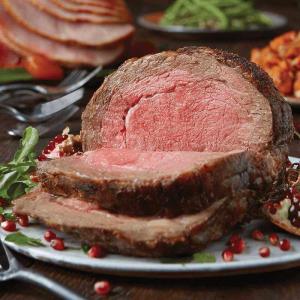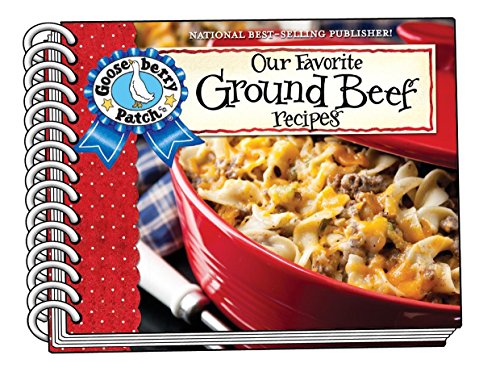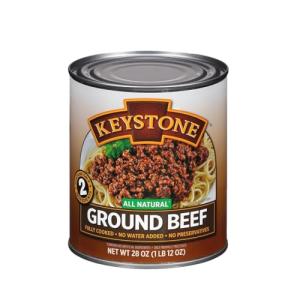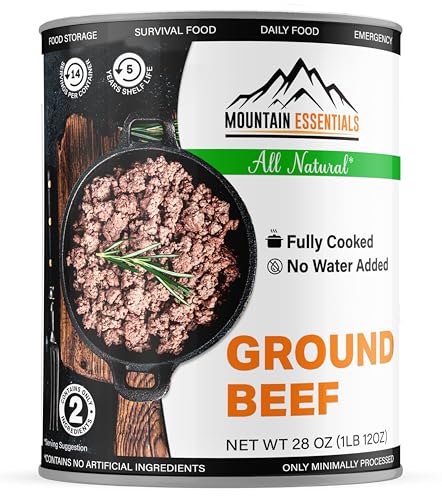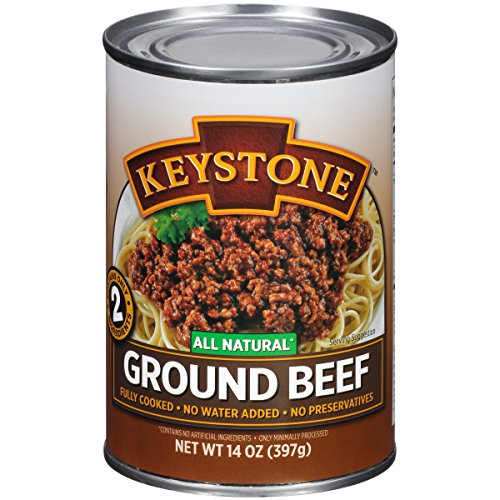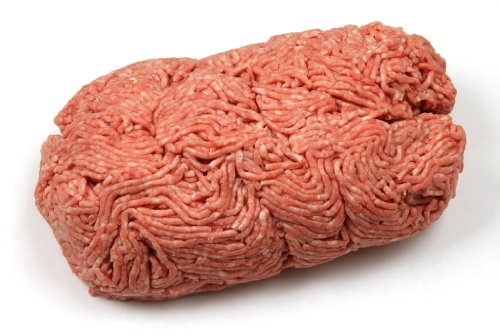If you're wondering about the benefits of grass-fed beef, you’re not alone. Many people are curious about the differences when comparing grass-fed to grain-fed beef. Here’s what you should know.
First off, grass-fed beef tends to be leaner. Since cattle munch on grass instead of grain, they pack less fat. This can be a big plus if you’re looking to cut down on calories. Plus, with the lower fat content, you often get beef that feels lighter and is easier to digest.
Another perk is the flavor. Grass-fed beef usually comes with a richer, more robust taste. You can really taste the difference, especially if you love grilling or cooking up a perfect steak. Many folks say it has a distinct, earthy flavor that’s hard to beat.
Nutritionally speaking, grass-fed beef is often loaded with beneficial nutrients. It usually has higher levels of omega-3 fatty acids and antioxidants. This can be great if you're looking to boost your heart health or want a little extra nutrient punch in your meals.
Lastly, choosing grass-fed beef often supports better farming practices. Grass-fed methods can be kinder to the environment and help promote animal welfare. So, when you're thinking about the difference between grass-fed and grain-fed beef, keep in mind that your choice can have a positive impact on the planet as well.
Grain-Fed Beef Facts You Need to Consider
When diving into the Difference Between Grass-Fed And Grain-Fed Beef, it's important to understand what grain-fed beef actually means. Grain-fed beef comes from cattle that are primarily fed grains like corn and soybeans in feedlots. This diet helps the cows grow quickly, usually resulting in a more tender and marbled cut of meat. If you’re craving a juicy steak, this is often the way to go.
One of the biggest things to note about grain-fed beef is its flavor. Many people find that it has a richer, buttery taste, thanks to the added fat from the grains. If you enjoy a well-marbled steak, grain-fed options are likely to meet your expectations. Just be aware that this type of beef can sometimes be higher in calories and fat compared to its grass-fed counterpart.
Nutritionally, there are benefits and drawbacks to think about. Grain-fed beef typically has more omega-6 fatty acids and less omega-3 compared to grass-fed beef. If balance is what you're after, consider the whole picture rather than only focusing on one aspect. It’s worth noting that both types of beef can fit into a healthy diet when enjoyed in moderation.
When you’re at the store or planning a barbecue, keep in mind that grain-fed beef is usually more affordable and widely available compared to grass-fed options. If you're on a budget or just want to feed a crowd, this might be the way to go. But if you're concerned about how the cattle are raised and what they eat, you might lean toward grass-fed.
USDA Prime Rib Beef Roast - Tender & Juicy
Experience mouthwatering flavor and melt-in-your-mouth tenderness with every succulent slice
Product information
$489.95
Product Review Score
4.56 out of 5 stars
8 reviewsProduct links
Taste and Texture Differences Between Them
When diving into the difference between grass-fed and grain-fed beef, one of the first things you might notice is the flavor. Grass-fed beef tends to have a richer, more robust taste. It’s often described as having earthy or grassy notes, which can really add depth to your meals. On the flip side, grain-fed beef usually has a milder, slightly buttery flavor. This is because the grains, mainly corn, give the beef a distinct sweetness that many folks find appealing.
Texture also plays a big role in how these two types of beef stack up against each other. Grass-fed beef is generally leaner, which means it can be a bit firmer and sometimes chewier compared to grain-fed beef. If you’re cooking a steak, you might want to pay attention to the cooking time, as overcooking grass-fed beef can lead to a tough bite. Grain-fed beef, with its higher fat content, offers that classic juicy, tender texture that many people love.
Different preparation methods can highlight these taste and texture differences nicely. For example, grilling grass-fed beef can accentuate those unique flavors, while searing a grain-fed steak often brings out its tenderness. If you're thinking about what to choose for your next barbecue, keep in mind that the difference between grass-fed and grain-fed beef translates to not just taste, but also the overall eating experience.
Ultimately, your choice may come down to personal preference. Some love the boldness of grass-fed beef, while others can’t resist the smooth, buttery finish of grain-fed. Experimenting with both types can lead to delicious discoveries, showing just how vast the world of beef can be.
Delicious Ground Beef Recipe Collection with Photos
Savor mouthwatering meals with easy-to-follow recipes that showcase the best of ground beef
Product information
$8.95
Product Review Score
4.1 out of 5 stars
211 reviewsProduct links
Health Impacts of Each Beef Type
When you're diving into the difference between grass-fed and grain-fed beef, it's key to understand how each type can impact your health. Let's break it down!
Grass-fed beef tends to be leaner than grain-fed. This means it has less fat, which can be a big plus if you're watching your calorie intake. Plus, it's packed with Omega-3 fatty acids, which are great for your heart and brain. These nutrients can help reduce inflammation and improve overall wellness. You’ll often find that grass-fed beef has a richer flavor, too, making it a favorite for those who enjoy a bolder taste.
On the flip side, grain-fed beef has its benefits, especially when it comes to tenderness and flavor. This beef usually has a higher fat content, giving it that juicy, melt-in-your-mouth quality. It often comes with a bit more marbling, which can enhance the flavor. However, it might not deliver the same nutrient profile as grass-fed options. While it’s tasty, it can be lower in those heart-healthy Omega-3s.
Another point to consider is the presence of certain vitamins. Grass-fed beef is often higher in vitamins A and E, which are important for your immune system and skin health. For those looking to boost their nutrient intake, opting for grass-fed could be a smart choice, especially if you're cooking for health-conscious friends or family.
When weighing the difference between grass-fed and grain-fed beef, think about your personal health goals and tastes. Whether you prioritize leaner cuts or prefer that buttery texture, knowing what’s in your beef can help you make a more informed choice for your meals.
